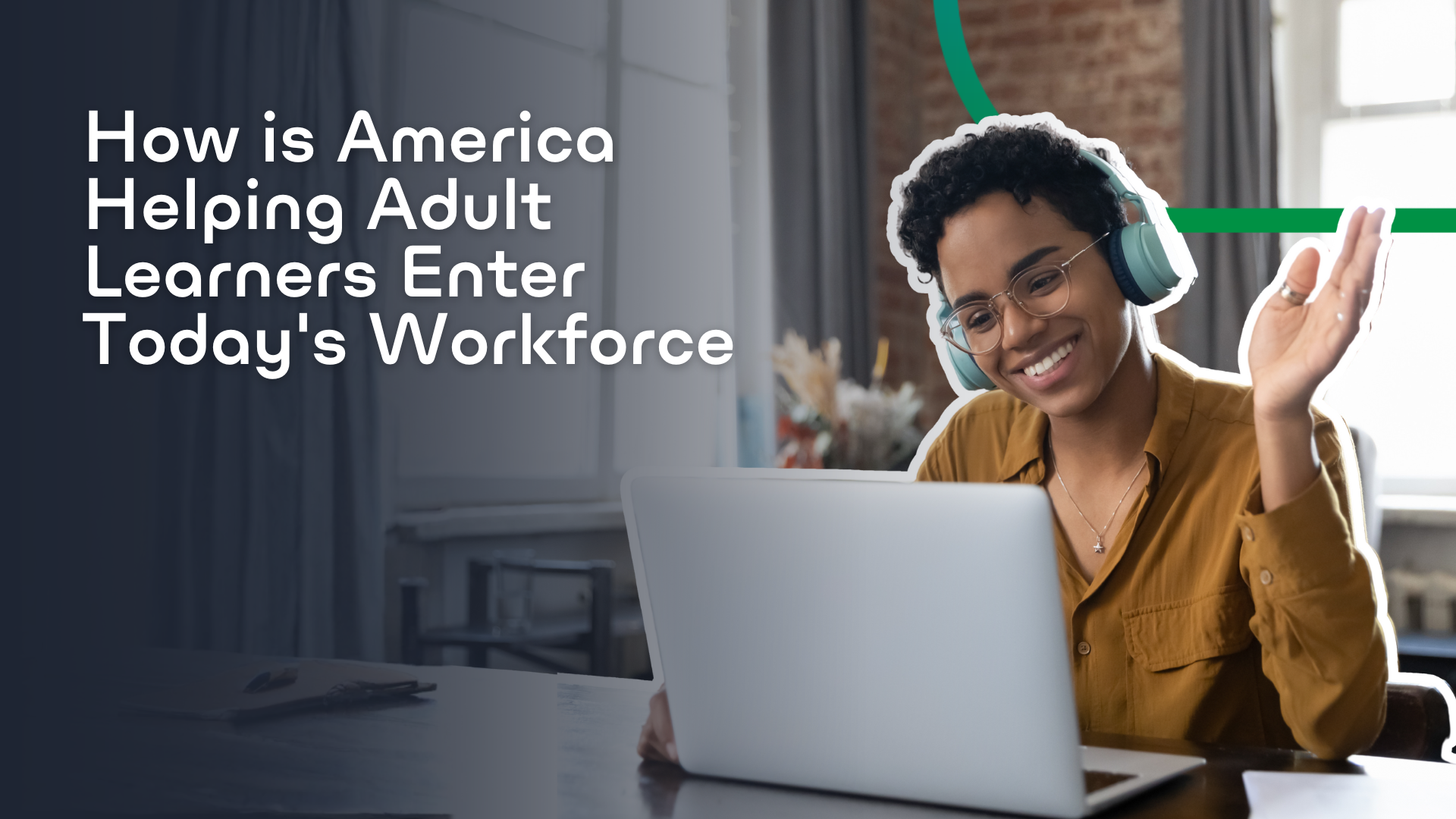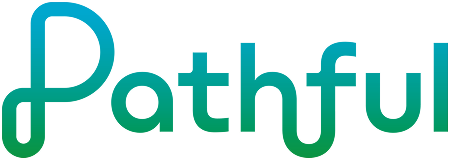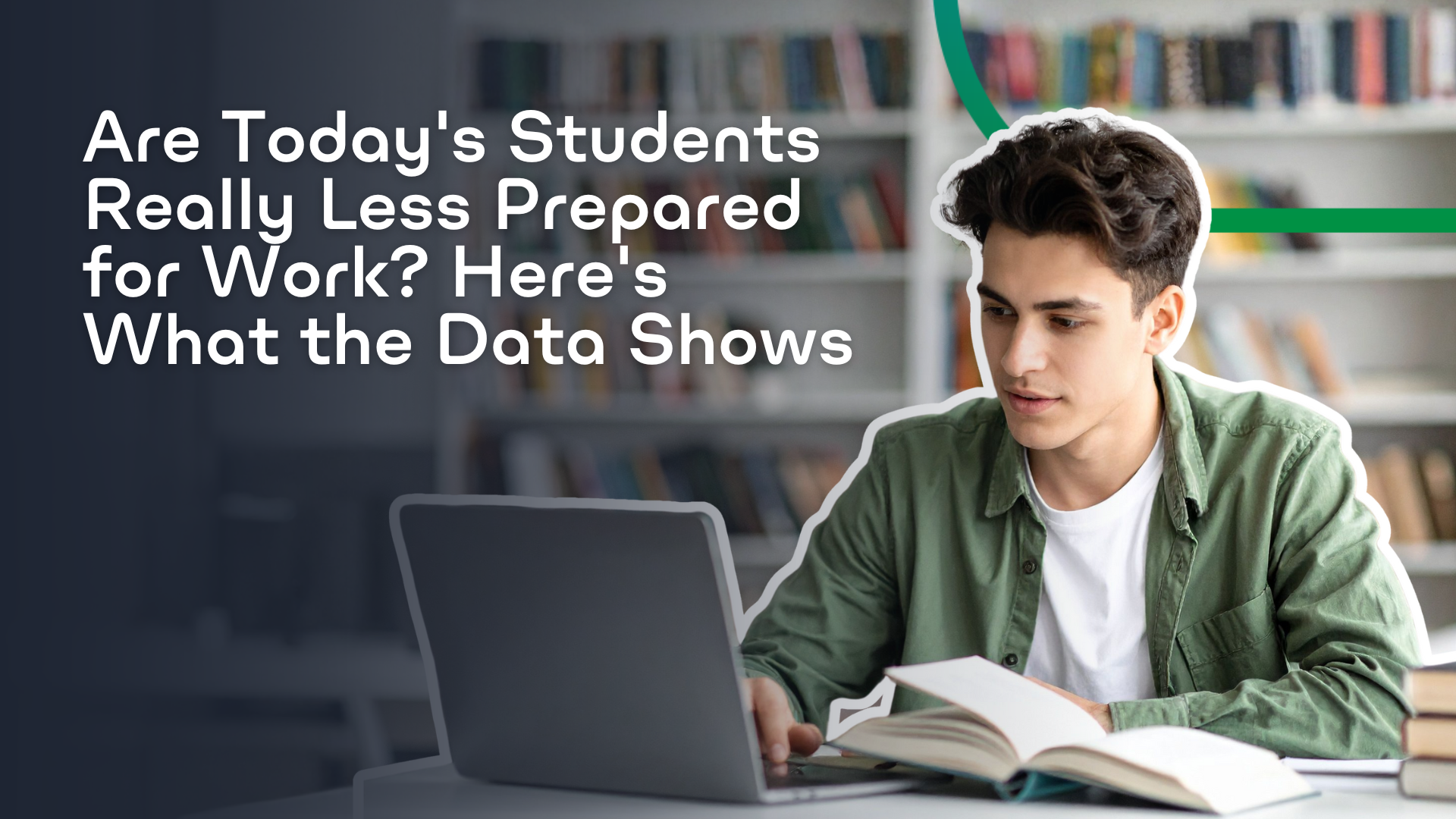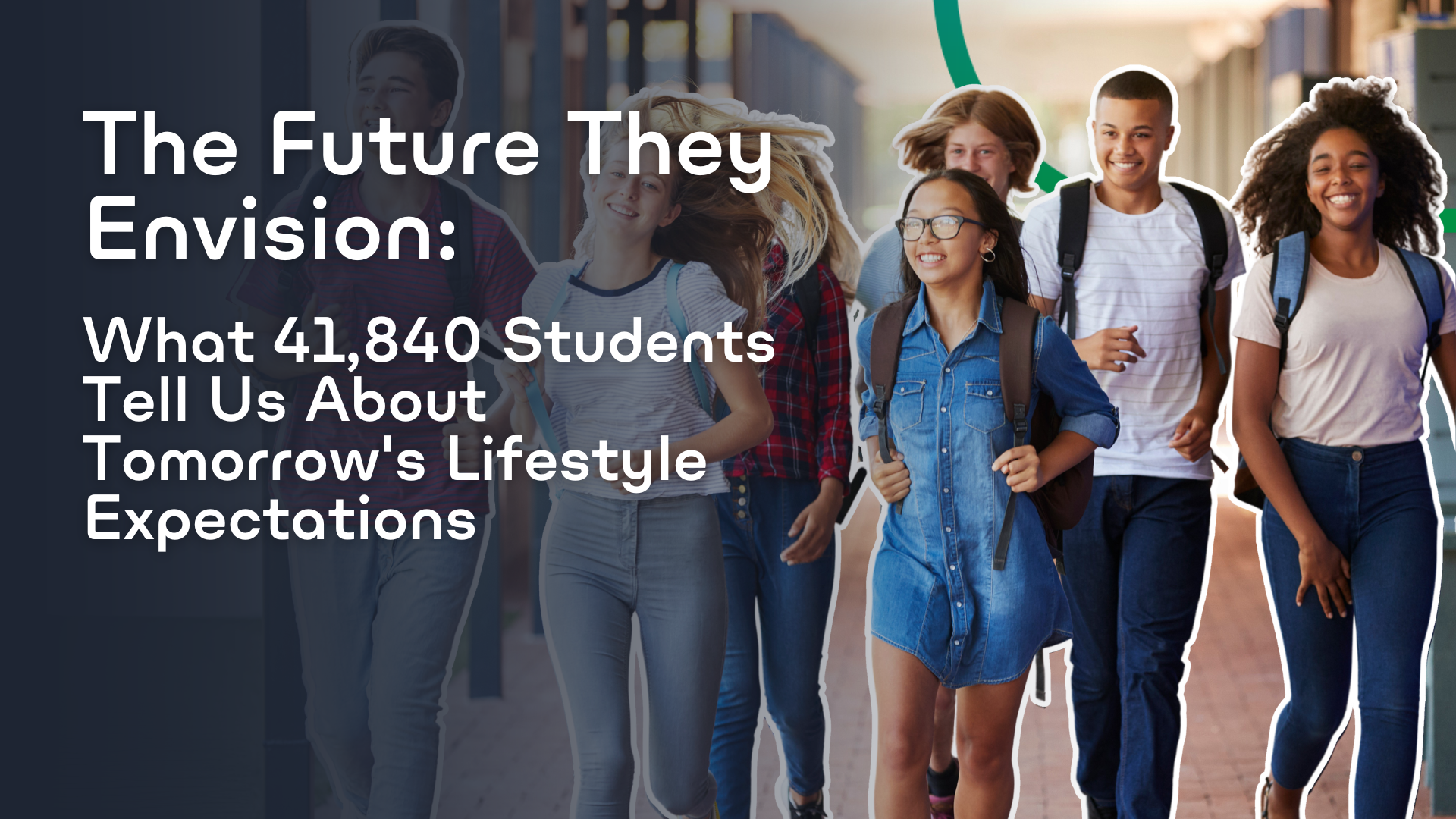How is America Helping Adult Learners Enter Today's Workforce
The American workforce is changing rapidly, and millions of adults are racing to keep up. The good news? Significant progress is being made—and it's happening faster than many people realize.

The American workforce is changing rapidly, and millions of adults are racing to keep up. Whether it's a single parent returning to school after years away, an immigrant seeking English proficiency and job skills, or a mid-career worker pivoting to a new industry, adult learners face unique challenges that traditional education systems weren't designed to solve.
The good news? Significant progress is being made—and it's happening faster than many people realize.
For decades, adult education focused primarily on basic literacy and high school equivalency. While important, these programs often left learners stranded at the starting line, holding a GED but lacking clear pathways to meaningful employment.
That's changing. States across the country are fundamentally rethinking how adult education connects to real jobs and real wages.
Texas invested over $83 million in 2024 to support 70,000 adult learners, explicitly linking education to workforce credentials and digital literacy. Michigan allocated $8.7 million toward innovative adult education programming designed around credential attainment and workforce readiness. Massachusetts directed nearly $3 million to help 600 adult learners prepare specifically for in-demand sectors.
This isn't just about bigger budgets—it's about smarter design.
One of the most promising developments is the adoption of Career Pathways models. Instead of offering disconnected courses, these programs create structured progressions from foundational skills through industry-recognized credentials to actual employment in specific occupational clusters.
Maryland has been a leader here, integrating education, training, and support services around particular career fields. The goal isn't just to help someone get a job—it's to ensure they can enter and advance in careers with real growth potential.
Iowa took this a step further by moving its Adult Education & Literacy programs directly under the state workforce development agency, making workforce readiness an explicit priority rather than an afterthought.
Perhaps the most significant innovation has been recognizing that adult learners have fundamentally different needs.
In Texas, distance learning participation in adult education programs more than doubled between 2019 and 2022, reaching 42% of learners. This matters enormously for the single parent working two jobs, the shift worker trying to upskill, or anyone juggling family responsibilities with education.
Programs are also embracing contextualized instruction—embedding reading, math, and language skills within occupational training rather than teaching them in isolation. When adults see the immediate relevance of what they're learning to their career goals, they make faster progress and stay engaged.
The new approach is working.
In Illinois, the Workforce Equity Initiative trained nearly 16,000 students in short-term programs. Among those who completed training, 69% secured employment immediately—at or above target wage levels. That's not just placement; that's economic mobility.
Tools like the ACT WorkKeys assessment are helping bridge the gap between what learners can do and what employers need, creating a common language for skills and competencies.
But there are issues.
Scale: Even successful programs like Illinois's WEI serve less than 3% of the community college population in that state. For every adult learner getting support, dozens more aren't being reached.
Geographic equity: Rural areas and economically disadvantaged regions often lack robust adult education infrastructure, creating what researchers call "education deserts." If you don't live near a community college or workforce center, your options narrow dramatically.
Basic skills gaps: Many adults still lack foundational literacy, numeracy, or English language proficiency needed to enter workforce training programs. We can't skip these building blocks, but we also need to make them faster and more directly connected to employment.
The trouble with tracking.
Here's where the conversation needs to shift: we've gotten better at tracking credential attainment, but that's not the same as tracking success.
Did the learner keep the job? Did their wages increase over time? Can they advance into better positions? Are they building toward long-term financial stability?
These questions are harder to answer—they require longitudinal data collection that most programs don't have the resources to maintain. But they're the questions that actually matter for adult learners and their families.
Increasing opportunities and investing in our future
The opportunity ahead is clear: we need to take what's working and dramatically expand it while addressing the persistent barriers. Expand access by bringing high-quality programs to underserved populations, using technology and community partnerships to reach people where they are. Deepen integration by better aligning adult education with workforce training, employer needs learners can actually participate and complete programs. Focus on job quality, not just job placement. The goal should be pathways to careers with living wages, benefits, and advancement potential. Maintain flexibility with part-time options, modular learning, and online delivery that accommodates adults' complex lives.
Our Conclusion
As technology reshapes industries and demographic changes continue, the adults we're talking about aren't a marginal population—they're essential to our economic future. Every person stuck in a low-wage job because they lack credentials or skills is a loss of human potential and economic productivity. The frameworks are being built. The evidence is emerging. What we need now is the commitment to scale what works and the patience to iterate on what doesn't.
For the millions of adult learners across America, the bridge between education and meaningful work is finally being constructed. We just need to make sure it's strong enough, wide enough, and accessible enough for everyone who needs to cross it.




.jpeg)

.webp)